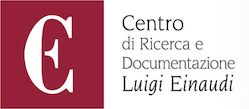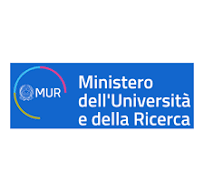- Ricerche e Progetti
- Biblioteca della Libertà
- Pubblicazioni e Working Paper
- Articoli e media
- Eventi e notizie

La moneta buona scaccia quella cattiva
Good Money Driving Out Bad (A Model of the Hayek Process in Action)
- Categoria/Category
- Anno XXV, n. 111, ottobre-dicembre 1990
- Autore/Author
- Erich W. Streissler
- Editore/Publisher
- Centro Einaudi
Abstract
Abstract disponibile solo in lingua inglese
This paper attempts a simple formalisation of the advantages of using a common medium of exchange, the one hinted at by Menger and Hayek in their analysis of monetary competition. The author argues that a common currency may be established through human action, not through human design. He attempts to create a model of the advantages of a more and more widely accepted medium of exchange, revealing the positive external effect of a specific currency. He then examines the situation of partial equilibrium of the representative individual requiring a temporary abode of purchasing power prior to acquiring the average commodity bundle which he desires for consumption or production purposes following a fixed or stochastic time interval. Such a currency will provide its greatest advantage as a temporary abode, displaying both the most predictable and the least variable rate of inflation. Furthermore, the author shows that the variance of inflation is likely to be a positive monotonic function of the average rate of inflation, and that inflation with a high variance is likely to be underestimated. Streissler concludes that the most stable currency will attract the largest number of customers and will, therefore, achieve the cost-advantage of being also the most acceptable. Finally, he shows that, in long term equilibrium, the most stable and hence most generally preferred currency must also have the lowest real rate of interest. For the achievement of the lowest possible real interest rate is the great economic advantage of a currency union, if the latter arises naturally as a result of the common choice of the most stable currency.






